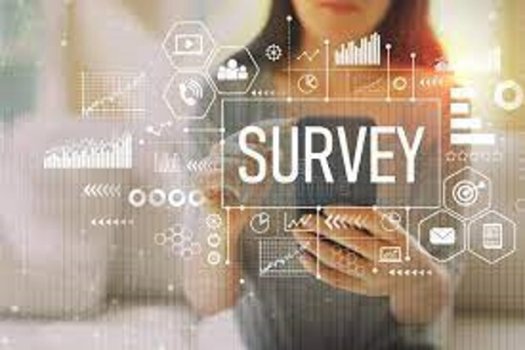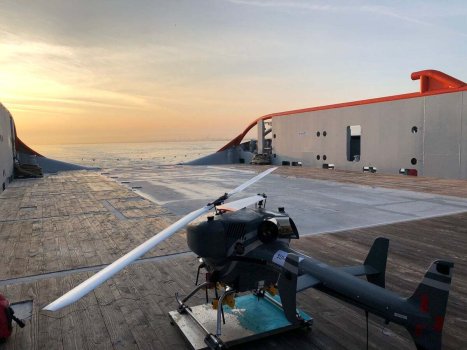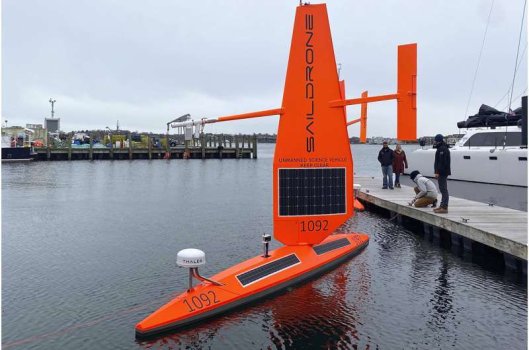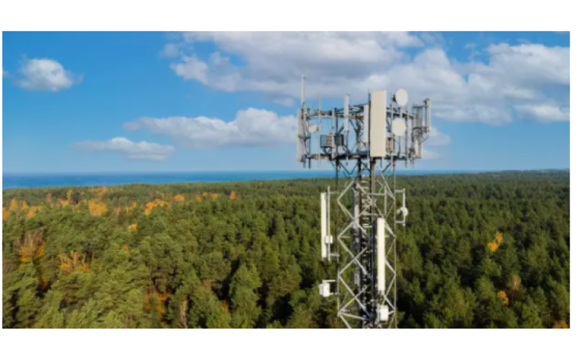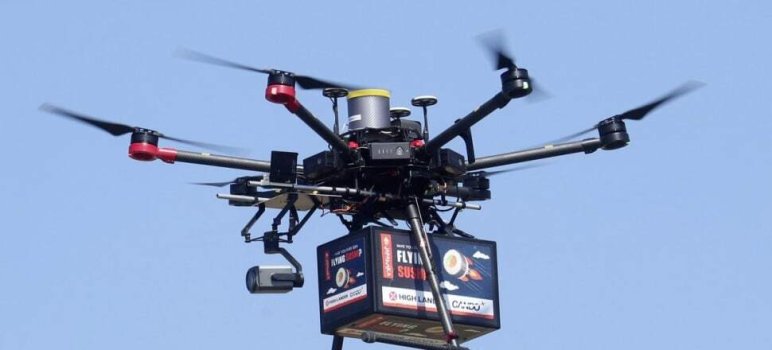Why companies should use AI to fight cyberattacks
- Technology Solutions
- 0 Replies
In any debate, there are always at least two sides. That reasoning also applies to whether or not it is a good idea to use artificial intelligence technology to try stemming the advantages of cybercriminals who are already using AI to improve their success ratio.
In an email exchange, I asked Ramprakash Ramamoorthy, director of research at ManageEngine, a division of Zoho Corporation, for his thoughts on the matter. Ramamoorthy is firmly on the affirmative side for using AI to fight cybercrime. He said, "The only way to combat cybercriminals using AI-enhanced attacks is to fight fire with fire and employ AI countermeasures."
Why choose AI in cybersecurity?
An obvious question is: Why add another expensive technology to a company's cybersecurity platform, especially in a department that many upper management types consider to have a terrible return on investment? Ramamoorthy offered the following reasons:
In an email exchange, I asked Ramprakash Ramamoorthy, director of research at ManageEngine, a division of Zoho Corporation, for his thoughts on the matter. Ramamoorthy is firmly on the affirmative side for using AI to fight cybercrime. He said, "The only way to combat cybercriminals using AI-enhanced attacks is to fight fire with fire and employ AI countermeasures."
Why choose AI in cybersecurity?
An obvious question is: Why add another expensive technology to a company's cybersecurity platform, especially in a department that many upper management types consider to have a terrible return on investment? Ramamoorthy offered the following reasons:
- Enterprise security and privacy practices have become the representation of the trustworthiness of a business. A security breach or loose privacy practices might damage an organization's reputation to the extent that it could drive away customers to competitors, irrespective of the competitiveness of your offering.
- It's only fair that you put your best foot forward to make sure you stay on top of the cybersecurity game. Deploying evolving technologies like AI into your security practices can send strong signals to your customers that you have been taking them very seriously, and you're in it for the long term.





